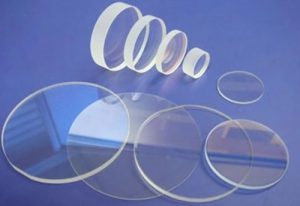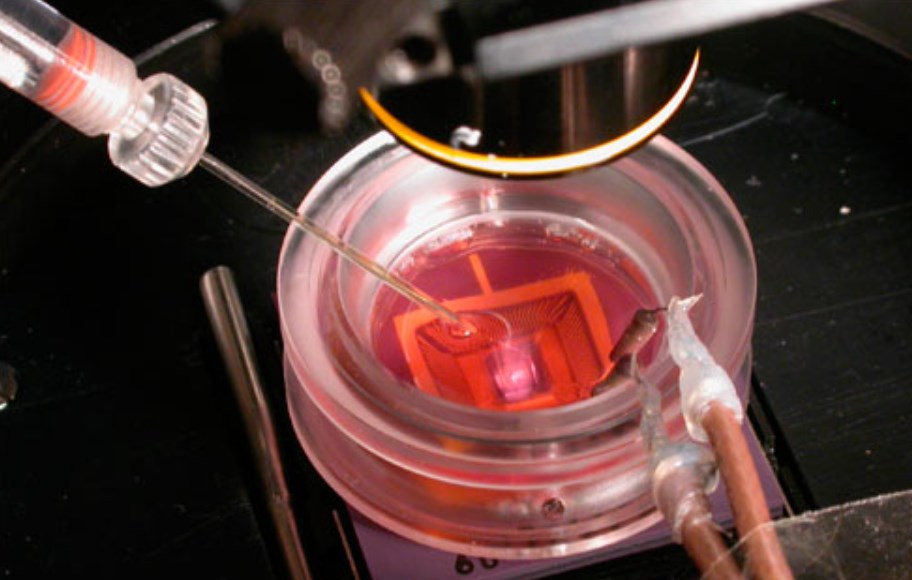Introduction
Indium Tin Oxide (ITO), celebrated for its prowess in transparent conducting oxides, is not confined to the realms of electronics and displays. This article delves into the fascinating intersection of ITO and biomedical applications, exploring how this versatile material is making significant contributions to the field of medicine.
ITO in Biomedical Devices: A Biocompatible Marvel
In recent years, researchers have been unlocking the potential of ITO in various biomedical applications, capitalizing on its unique blend of electrical conductivity, optical transparency, and, notably, biocompatibility. Unlike traditional materials, ITO showcases minimal inhibition of cell growth and negligible protein adsorption, making it an ideal candidate for integration into biomedical devices.
Applications in Biosensors
One notable avenue where ITO shines is in the realm of biosensors. ITO’s exceptional conductivity and transparency make it an optimal substrate for biosensor electrodes. These biosensors, equipped with ITO components, enable the precise detection of biological molecules, paving the way for advancements in medical diagnostics and disease monitoring.
ITO in Medical Imaging Devices
The marriage of ITO with medical imaging devices has yielded promising results. Its application in devices such as X-ray detectors and transparent electrodes for imaging sensors contributes to enhanced imaging quality. The superior electrical properties of ITO facilitate the creation of high-performance imaging devices crucial in medical diagnostics.

Implantable Electronics Enhanced by ITO
The quest for more sophisticated and biocompatible implantable electronics has led researchers to ITO. As an electrode material in implantable devices, ITO offers a unique combination of electrical functionality and transparency. This is particularly valuable in devices like neural implants and bioelectronic medicine, where seamless integration with biological tissues is paramount.
ITO in Drug Delivery Systems
The controlled release of pharmaceuticals is a critical aspect of drug delivery systems. ITO’s biocompatibility and electrical properties play a role in developing smart drug delivery platforms. Researchers are exploring ITO-based systems to precisely control drug release, optimizing therapeutic outcomes and minimizing side effects.
Biomedical Advances Fueled by ITO
Enhanced Biocompatibility:
ITO’s compatibility with biological systems reduces the risk of adverse reactions, making it an attractive choice for devices directly interfacing with the human body.
Precise Bioelectronic Interfaces:
ITO’s electrical properties enable the creation of precise interfaces between electronic devices and biological tissues, fostering advancements in neuroprosthetics and bioelectronic medicine.
Real-time Monitoring and Diagnostics:
Biosensors incorporating ITO facilitate real-time monitoring of biomarkers, enabling early detection of diseases and providing valuable data for personalized medicine.
Challenges and Future Prospects
While ITO holds immense promise in biomedical applications, challenges such as long-term stability and scalability must be addressed. Researchers are actively working on innovative solutions, including advanced coatings and material enhancements, to ensure the sustained effectiveness of ITO in medical settings.
Conclusion
Indium Tin Oxide’s foray into biomedical applications is reshaping the landscape of medical technology. From biosensors to implantable electronics, ITO’s unique properties are contributing to groundbreaking innovations in diagnostics, therapeutics, and patient care. As researchers continue to unravel the potential of ITO in the realm of medicine, the collaborative synergy between materials science and healthcare promises a future where ITO plays a pivotal role in advancing biomedical technologies.
For more information, please visit https://www.sputtertargets.net/.

